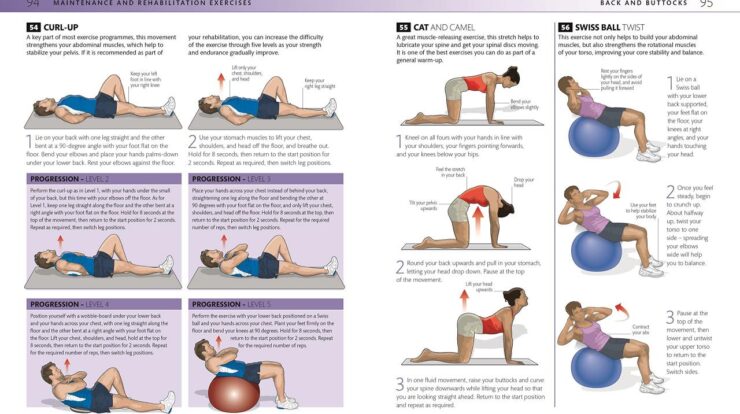
Nebraska Tornado News: Forecasting, Safety, and the Media’s Role sets the stage for this enthralling narrative, offering readers a glimpse into a story that is rich in detail and brimming with originality from the outset. This comprehensive exploration delves into the complexities of tornado forecasting, safety protocols, and the media’s crucial role in reporting on these unpredictable and often devastating events.
Throughout history, Nebraska has witnessed its fair share of tornadoes, each leaving an indelible mark on the state’s landscape and communities. From the devastating 1950s tornadoes to the more recent outbreaks, these events have tested the limits of human resilience and sparked ongoing efforts to improve forecasting and mitigation strategies.
Nebraska Tornadoes: A Historical Perspective

Tornadoes have been a part of Nebraska’s history for centuries, leaving a trail of devastation and loss in their wake. The state has experienced numerous significant tornadoes, each with its own unique story of impact and destruction.
Notable Nebraska Tornadoes
- May 22, 1873:The Hallam Tornado, an F4 tornado, killed 12 people and destroyed the town of Hallam.
- June 15, 1910:The Humphrey Tornado, an F4 tornado, killed 41 people and destroyed the town of Humphrey.
- May 10, 1955:The Ruskin Tornado, an F4 tornado, killed 11 people and caused extensive damage in the town of Ruskin.
- June 3, 1958:The Grand Island Tornado, an F5 tornado, killed 7 people and caused significant damage to the city of Grand Island.
- May 5, 1966:The Omaha Tornado, an F4 tornado, killed 6 people and caused extensive damage to the city of Omaha.
- June 16, 2012:The Pilger Tornado, an F4 tornado, killed 1 person and caused significant damage in the town of Pilger.
Tornado Forecasting and Warning Systems in Nebraska

Nebraska has a comprehensive system in place to forecast and track tornadoes, helping to provide early warnings to residents.
Forecasting Methods
Meteorologists use a variety of methods to forecast tornadoes, including:
- Monitoring weather patterns and identifying conditions conducive to tornado formation.
- Using Doppler radar to detect rotation in the atmosphere.
- Analyzing satellite imagery to track the movement and development of thunderstorms.
Warning Systems
When a tornado is detected or forecast, the National Weather Service issues tornado warnings for the affected areas. These warnings are disseminated through a variety of channels, including:
- Television and radio broadcasts
- Cell phone alerts
- NOAA weather radios
- Sirens
The effectiveness of these warning systems has been proven in reducing tornado-related injuries and fatalities.
Tornado Safety and Preparedness in Nebraska
Knowing what to do in the event of a tornado is crucial for staying safe.
Emergency Plan, Nebraska tornado news
Having an emergency plan in place is essential for tornadoes. This plan should include:
- Identifying a safe place to shelter, such as a basement or interior room on the lowest floor.
- Establishing a communication plan for family members.
- Gathering emergency supplies, such as food, water, and a first-aid kit.
Seeking Shelter
When a tornado warning is issued, seek shelter immediately in a designated safe place.
- Stay away from windows and exterior walls.
- Lie down flat on the ground and cover your head with your hands.
- If possible, seek shelter in a sturdy building or underground structure.
Caught Outside
If you are caught outside during a tornado, find a low-lying area and lie down flat. Cover your head with your hands and protect yourself from flying debris.
Ending Remarks
As we continue to grapple with the challenges posed by tornadoes, the importance of ongoing research, community preparedness, and responsible media coverage cannot be overstated. By working together, we can strive to mitigate the impact of these powerful storms and safeguard the lives and well-being of those in their path.
Commonly Asked Questions: Nebraska Tornado News
What are the most common types of tornadoes in Nebraska?
Nebraska is prone to a variety of tornadoes, including weak, strong, and violent tornadoes. The most common type is the weak tornado, which typically has wind speeds of less than 110 mph and causes minimal damage.
What is the safest place to be during a tornado?
The safest place to be during a tornado is in a below-ground shelter, such as a basement or storm cellar. If you do not have access to a below-ground shelter, seek shelter in the lowest level of a sturdy building, away from windows and exterior walls.
How can I stay informed about tornado warnings?
There are several ways to stay informed about tornado warnings. You can sign up for local emergency alerts, listen to weather radio broadcasts, or check the National Weather Service website or mobile app.





